How much should I spend on an e-bike?
Buying an e-MTB brings with it the added consideration and cost of a motor system over a regular bike, so how do you decide how much to spend on an e-bike?
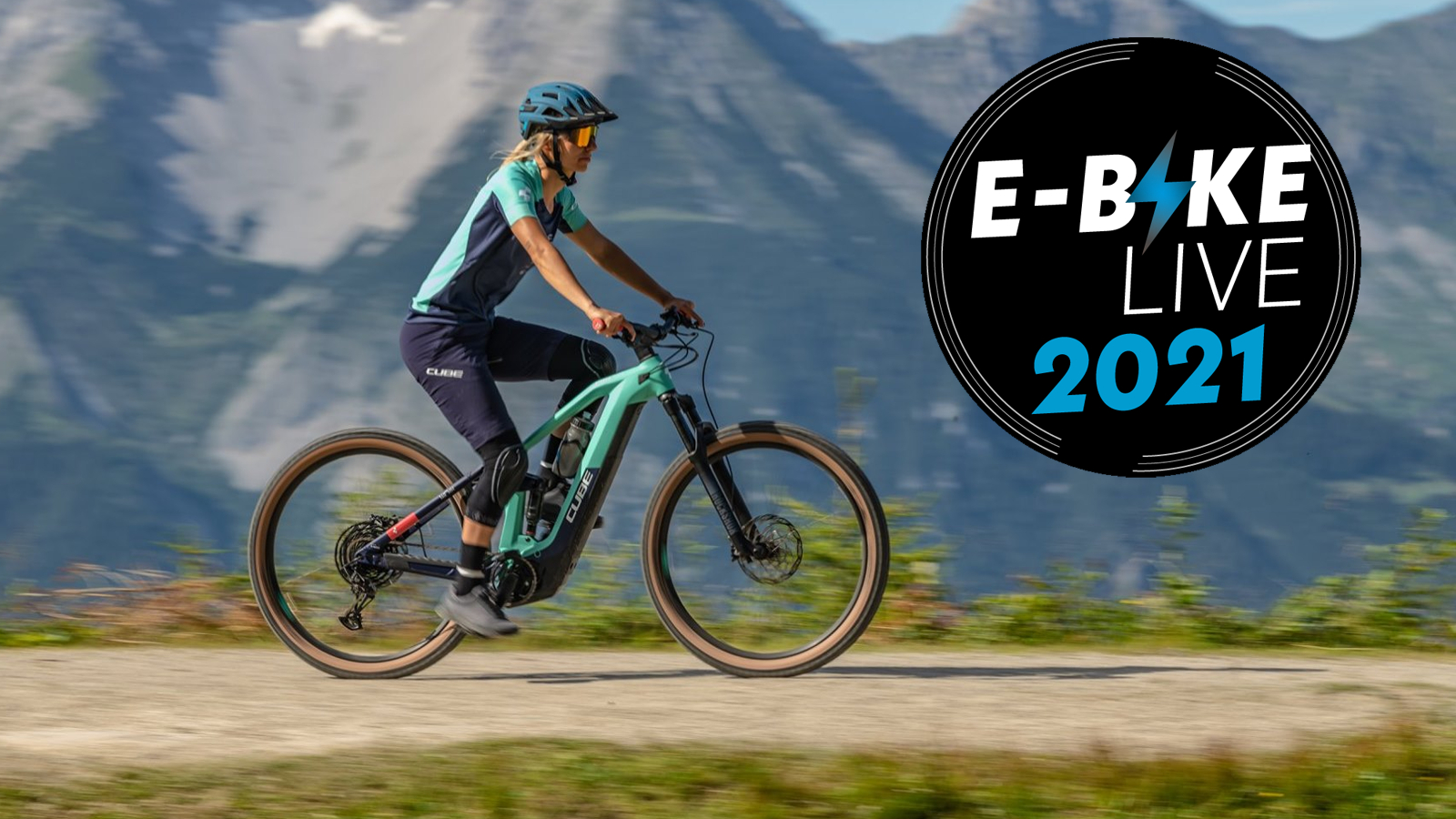
Choosing to buy a bike is a complicated process that involves picking your way through the myriad of different models and setups that are available. Should you get a hardtail? Would the extra weight and cost of full suspension enhance your riding? Should you get 11-speed or 12-speed? How heavy is too heavy? How light is too light? These questions are all before you even start considering different brands and specific components. So with the addition of an e-bike motor system, the choice only becomes more complicated. Before you can even start thinking about the componentry, you first need to establish how much you want to spend on an e-bike.
The best e-MTBs can easily retail for five-figure sums which, if you have the budget, will get you the best in frame, suspension and motor technology. Of course, while these superbikes offer the most trail performance, most of us don’t need nearly as much capability and will enjoy riding our local trails just as much on a bike that costs considerably less. In this guide, we break down how much you should spend on an e-bike to get the right bike for your riding.
What type of e-bike
First of all, you need to establish what type of riding you plan on doing. This will greatly affect the budget that you need to get the right bike. If you’re only commuting or riding gently well-graded trails and bike paths, then you don’t need to spend as much money as the demands on the bike are considerably less. However, if you are looking to head out on mountainous trails or cover more mileage then the extra demands of steep hills, rough terrain and culminating elevation require a more advanced bike and a much larger budget. This is why it is important to be honest with yourself and realistically think about what you want to get out of your bike as this will greatly affect how much you need to spend.
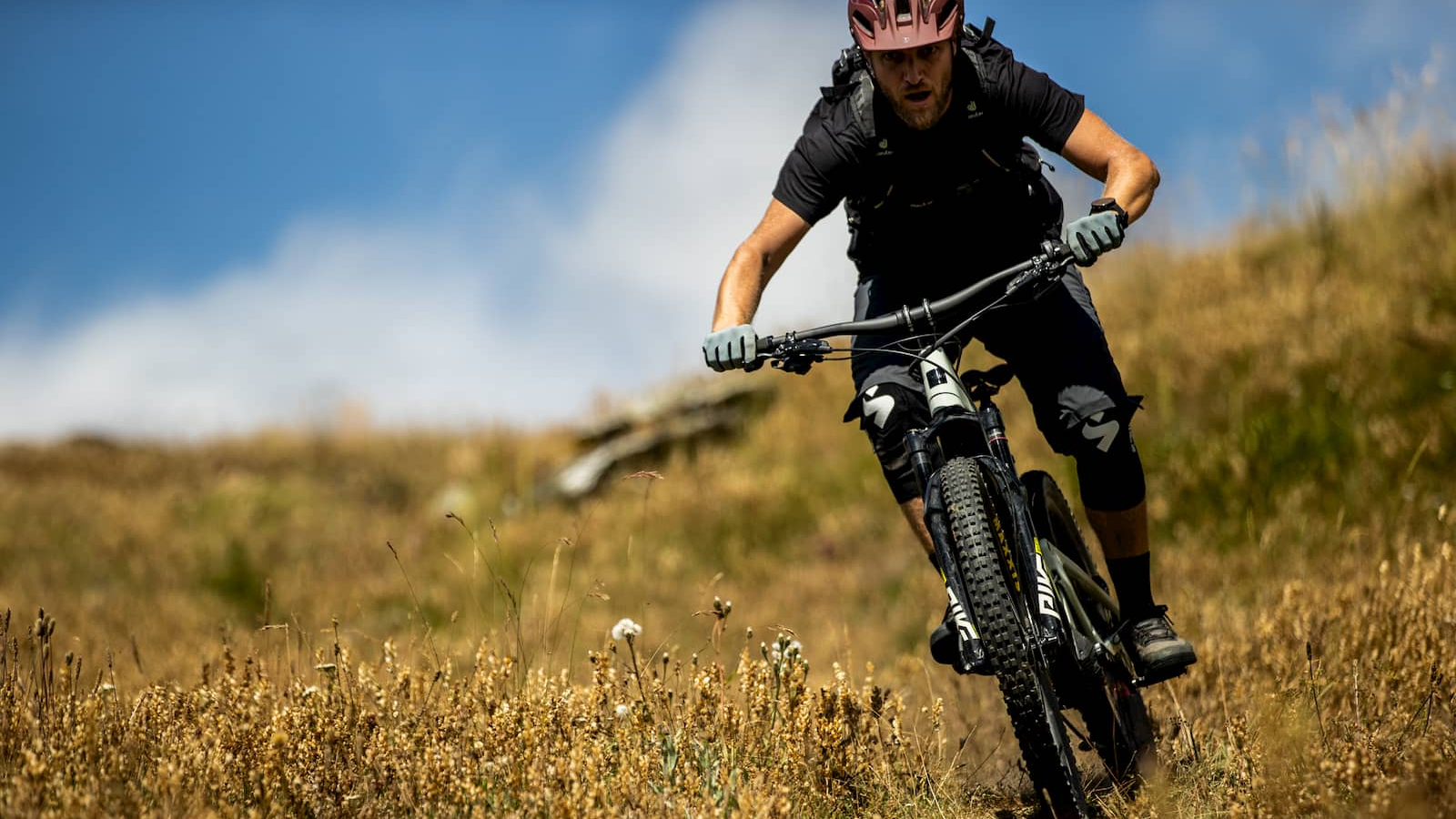
Ability vs cost
There is a myth, especially in mountain biking, that if you are starting out you should get a cheap bike, but ultimately you should buy the bike that you think you will enjoy riding the most. Other than coaching, nothing will improve your skills faster than simply getting out and riding as much as possible. If spending a little extra on a bike means you have more fun and get out ride more then it’s worth it. Parts will also be of better quality, improving confidence and allowing you to progress faster and further before your skills grow beyond your bike.
Of course, it’s worth considering that as you learn you may find that your riding preferences change so don’t commit too much money until you're sure of the type of riding you want to do. The last thing you want is to buy a lightweight hardtail e-bike before shortly realizing that actually shredding the DH track is more your thing. Luckily bikes are more capable than ever and the modern crop of trail and enduro e-bikes can take on a full day climbing and then be pushed to the limit on the way back down. Also consider the cost of repairs, some expensive bikes require expensive replacement parts. If you spend all your money on the initial purchase and don’t factor in potential breakage and servicing costs you may find yourself without a working bike and unable to ride.
A breakdown of price points
$3,000 and below
While $3,000 will get you a very capable non-assisted mountain bike that will be able to ride most trails well, the same can’t be said for e-bikes. This price bracket will mostly consist of urban or leisure e-bikes and any e-MTB at this price point will probably feature serious compromises in frame, motor and component quality that will greatly impair its off-road ability. Most e-bikes at this price will feature a hub-based motor system that is better suited to on-road use, although mid-drive motors are available too.
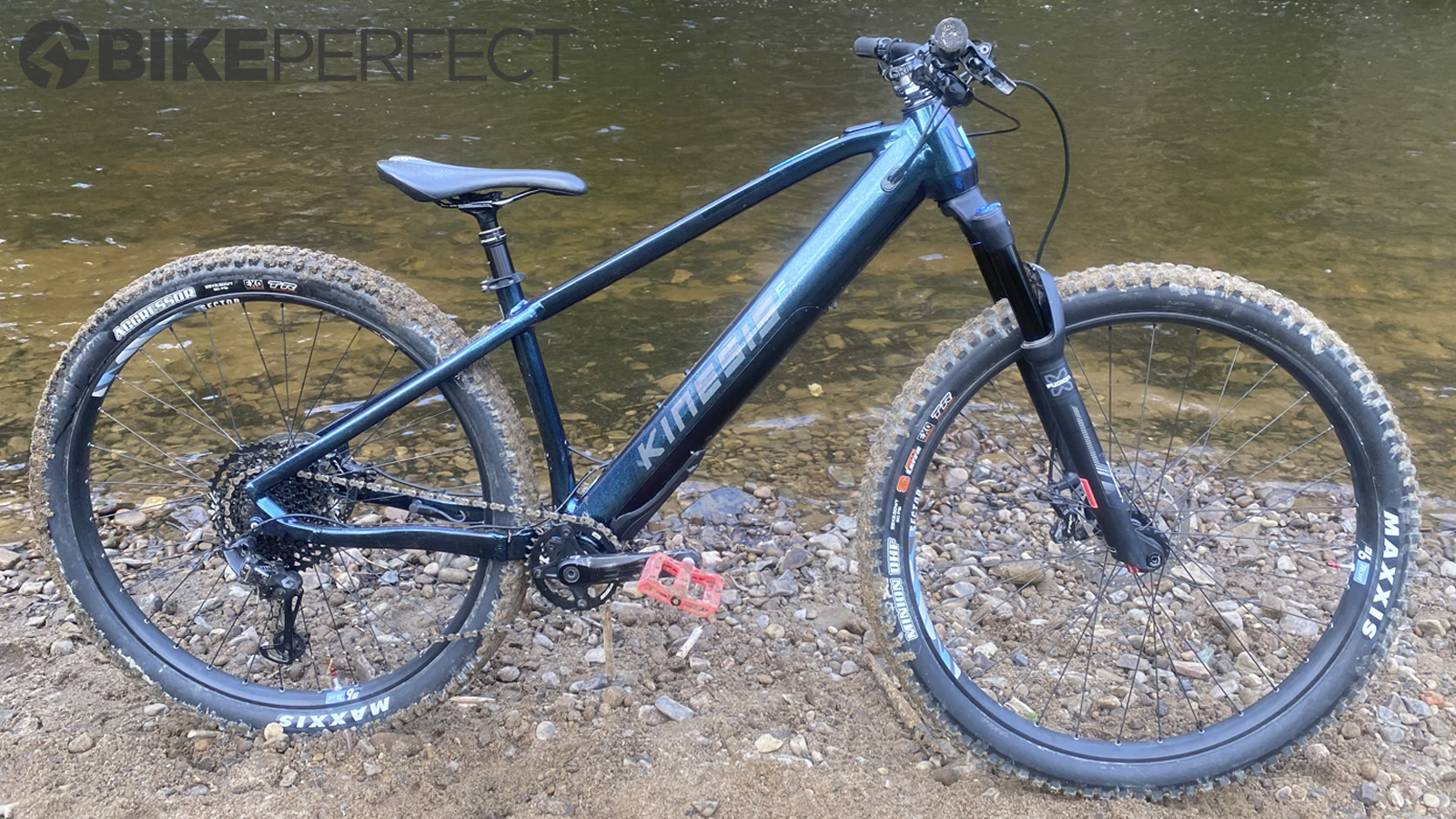
$3,000 to $4,000
At this price range, you will begin seeing hardtail e-MTBs from major manufacturers which take the demands of off-road riding into consideration. These bikes will still have compromises such as lower-end componentry, specifically suspension and gears, and use older motor tech which isn’t well suited to tackling harder trails. However, parts from well-known brands such as SR-Suntour, Maxxis, Shimano and SRAM are expected and should be of known quality. The biggest difference over cheaper e-MTBs will be overall ride quality as the well-known brands will use their knowledge around geometry and frame building to produce bikes that are more fun to ride. This is further enhanced by the fact that mid-mounted motors are commonplace at this price and offer better weight distribution and performance.
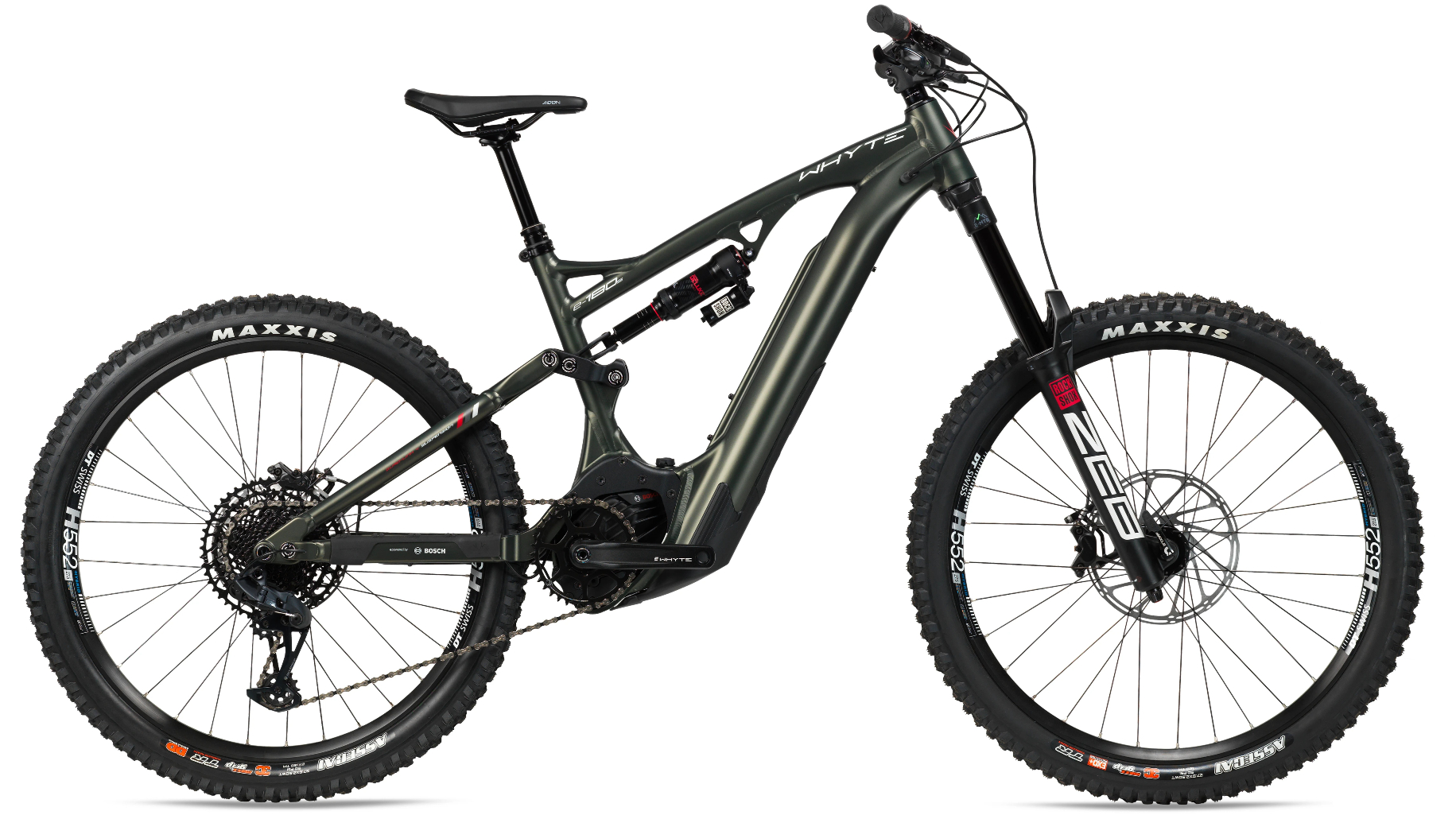
$4,000 to $7,000
This is where e-MTBs start to show their true performance and trail capabilities. Full-suspension becomes an option, although be wary of full-suspension bikes from unknown brands at the lower end of this price-point and instead shop from larger well-known retailers and manufacturers. At the upper end, you may even start to see some carbon or at least partly carbon framesets, which should help reduce weight and usually have more premium features.
Componentry and motor tech are mixed in quality and down to each brand’s priorities when designing and speccing the bike. Some will opt for a cheaper alloy frame and instead choose to spec better components or motor, while others will use a higher-end frame and motor and spec cheaper components. This is a tricky balance as a frame, motor and components will all affect how the bike performs on the trail.
We would argue that the motor has the greatest effect, followed by the parts and lastly by frame material. As the motor system is the least upgradeable and most expensive component, getting the best motor possible should be your first consideration. While expensive, componentry can be upgraded as it wears out or breaks, reducing the initial outlay. While carbon is hailed as the ultimate material to make performance bikes from, the weight differences between a like for like carbon and alloy frame will be around 900g which will be hardly noticeable on a 25kg e-MTB capable of producing 250 watts and 85 Nm of torque to help you up the hills.
The componentry itself should all be from well-regarded manufacturers such as RockShox, Fox, Maxxis, Shimano, SRAM and expected to perform to a high enough standard that the bike can tackle all levels of trails safely.
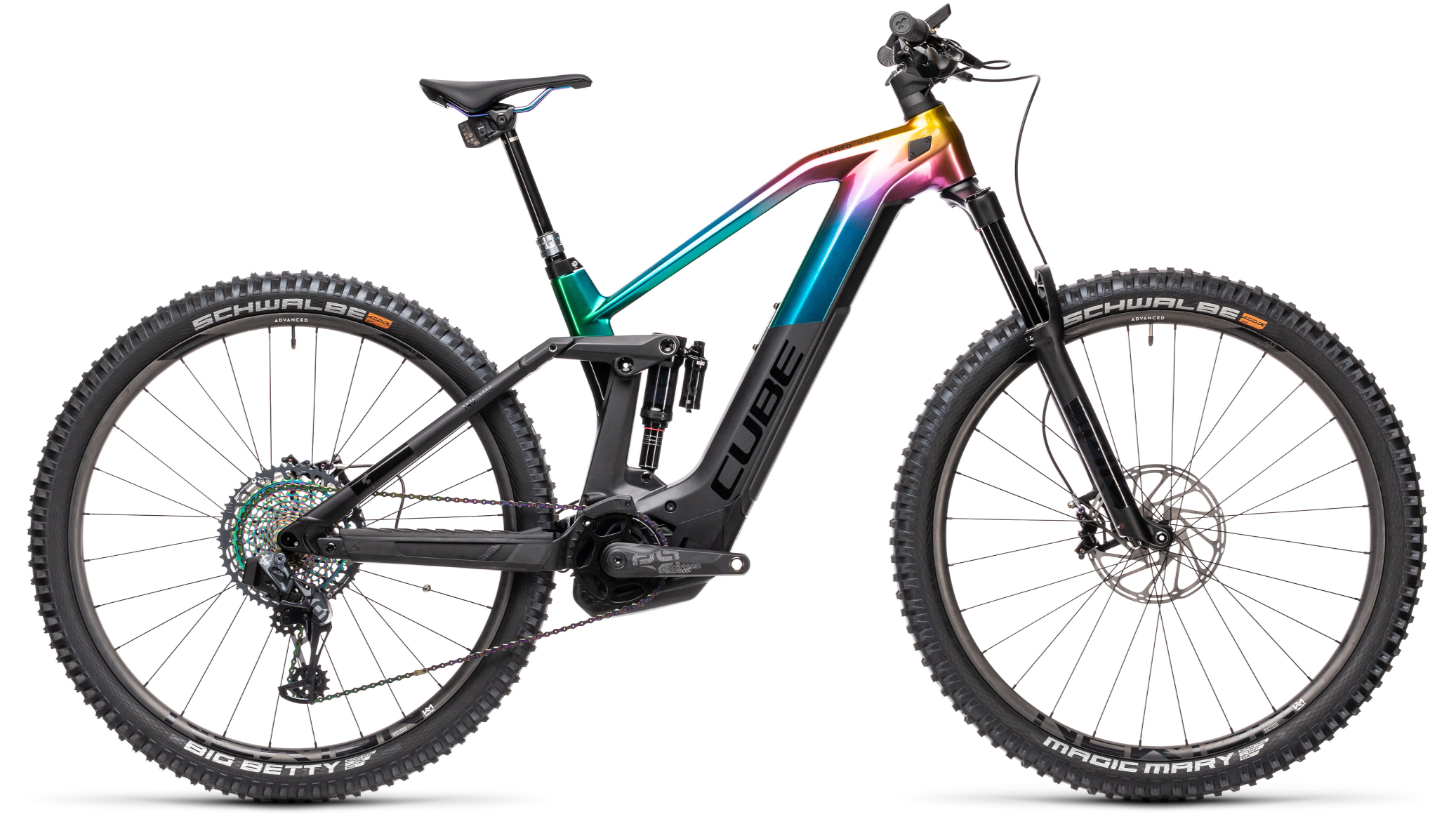
$7,000 and above
Lastly, we have the top-tier bikes which offer the best e-MTB performance. Frames will predominantly be carbon at this price range although there may be premium specced alloy models too. For this money, the latest and greatest in motor and battery tech is expected and you will have the choice of the best drive systems from all the motor manufacturers. Suspension and wheels should also be premium stock from performance-orientated manufacturers like Fox, RockShox, Marzocchi, DT-Swiss, Reynolds and Crank Brothers.
Value for money still plays an important role even at these upper ‘money no object’ price ranges, so it’s worth shopping around between brands as their models will offer different levels of componentry and design, although ultimately any bike at this price is expected to perform at an extremely high level. As the price rises from the $7,000 mark, you will start to see the addition of increasingly high-end components. How much you spend above the $7,000 price point is generally based on the components that are on the bike. For the right price, carbon wheels, carbon finishing kit, premium dropper posts, highly tuneable suspension and even wireless groupsets are all possible.

Graham Cottingham joined the BikePerfect team as our senior tech writer in 2020. With over 20 years of riding experience, he has dabbled in downhill, enduro, and gravel racing. Not afraid of a challenge, Graham has embraced bikepacking over the last few years and likes nothing more than strapping some bags to his bike and covering big miles to explore Scotland's wildernesses. When he isn’t shredding the gnar in the Tweed Valley, sleeping in bushes, or tinkering with bikes, he is writing tech reviews for BikePerfect.
Rides: Cotic SolarisMax, Stooge MK4, 24 Bicycles Le Toy 3, Surly Steamroller
Height: 177cm
Weight: 71kg
